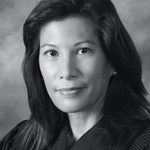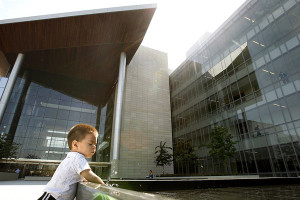Chief Justice: We’re Basically Denying Justice
Gov. Brown Vetoes Limits On Court Outsourcing
By MARIA DINZEO
Judge Says Court Closures May Bring Violence
Reduced access to civil courts will mean that people take the law into their own hands, including using violence in their disputes, according to a Los Angeles Superior Court judge. Phil Mautino, who is the supervising judge for the Los Padrinos Juvenile Court, told a Republican Lincoln Club group that personal injury cases are going to take five years to get to trial while for traffic court “there’s a line that circles around the building.”
“It means if you’re not going to court, you settle (the issue privately). It means violence. It’s like the old days of vengeance where if you kill my brother, I’ll kill your sister,” the judge told the Whittier Daily News in a recent report. “If you‘re willing to stand in line for a day or two, the officer may not show up [and] if you’re retired and plead not guilty, you have might have a good chance of getting off.”
The Whittier courthouse was among the eight closed this year while two others have very limited services. All traffic court cases now are heard at the downtown Los Angeles and Beverly Hills court houses, small claims is limited to five courts (Downey for the Whittier area), and landlord-tenant evictions are divided between four courthouses.
Gov. Signs Law, Illegal Immigrants Can Become Lawyers
Gov. Considering Major Court-Outsourcing Bill
You can read the report here.
Long Beach Courts Move To New Public-Private Built Building
Check out the story here.

